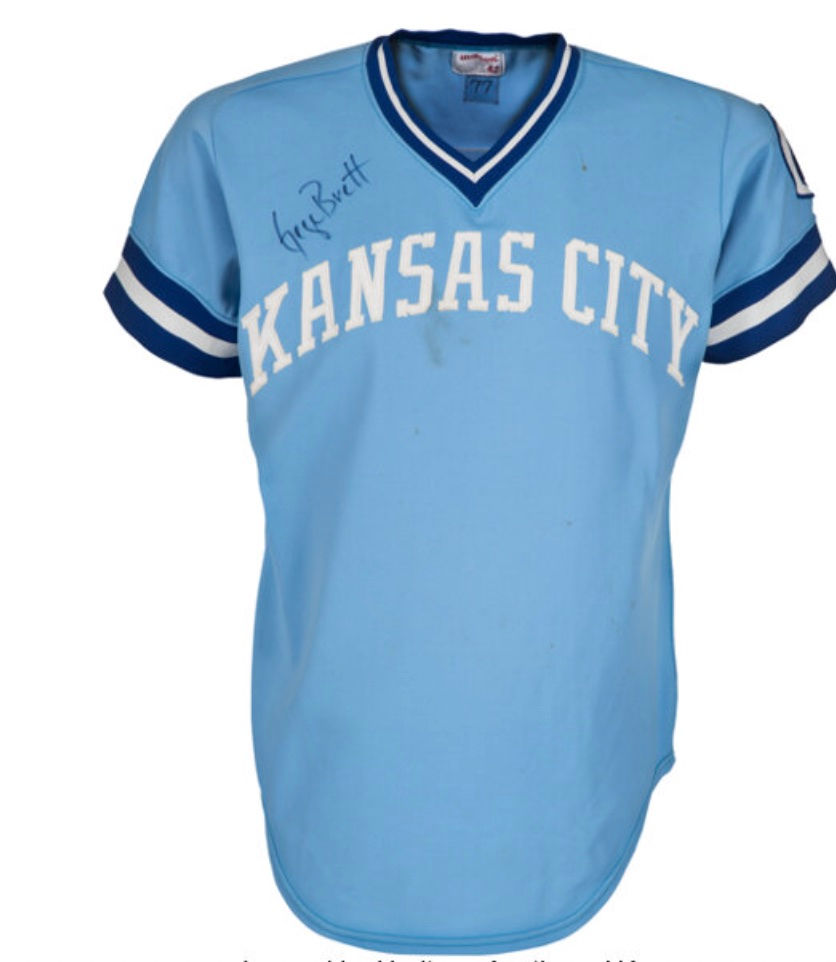The Rise and Fall of the Collectible Ceramic Plate
- Kansas City's Sports Cleanout

- Sep 16, 2023
- 2 min read
For decades, sports memorabilia collectors sought tangible connections to their favorite athletes and teams. Among the countless collectibles available, ceramic plates featuring iconic sports moments or athletes' portraits were once all the rage. These decorative pieces provided fans with a unique way to celebrate their sports heroes. In this blog, we will delve into the meteoric rise and eventual downfall of the collectible ceramic plate market in sports memorabilia collecting.

The Rise of the Ceramic Plate Craze
The craze for collectible ceramic plates in sports memorabilia can be traced back to the late 20th century, primarily the 1980s and 1990s. These plates, adorned with vibrant, meticulously crafted designs, captured the essence of pivotal sports moments, legendary athletes, and celebrated teams. Fans could proudly display these plates in their homes, turning their love for sports into an artful centerpiece. Collectors and manufacturers alike recognized the appeal of ceramic plates as a unique niche within the sports memorabilia market. Companies such as The Bradford Exchange and The Danbury Mint produced limited edition plates featuring the likes of Chicago Bulls' Michael Jordan, Kansas City Royals' George Brett, and Green Bay's Brett Favre. The plates often included Certificates of Authenticity, which further enhanced their value and desirability to the average collector.
The Downfall Begins: Oversaturation
As the popularity of ceramic plates grew, so did the number of manufacturers and designs flooding the market. Collectors were suddenly faced with an overwhelming array of options. The sheer volume of plates available began to saturate the market, diluting the exclusivity that had once been a driving force behind their appeal. Moreover, some manufacturers prioritized quantity over quality, resulting in a decline in craftsmanship. Collectors who had initially been drawn to the meticulous artistry of these plates started to notice a decline in the level of detail and quality in newer releases.
The Internet's Influence
The advent of the internet transformed the world of collectibles, including sports memorabilia. Online marketplaces allowed collectors to connect, trade, and buy/sell their items with ease. However, this newfound accessibility also revealed that the resale value of many collectible ceramic plates was not as high as collectors had hoped. The internet made it easier to compare prices and realize that the secondary market for these items was not as robust as anticipated. An added detriment to these items was the risk of shipping - it's hard to get a plate shipped safely from Kansas City to Boston without the risk of it breaking or even slightly cracking.
Final Thoughts
The collectible ceramic plate market in sports memorabilia was a phenomenon that saw incredible highs before experiencing a sharp decline. While these plates still hold nostalgic value for some collectors, they no longer command the attention and investment potential they once did. Some of the only plates that still hold value are the ones that were hand signed by the players. Hopefully that's what you bought during the craze!





Comments